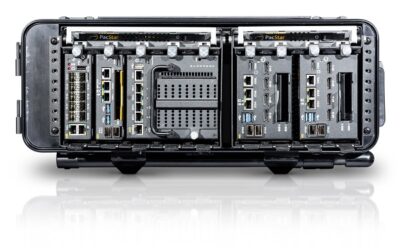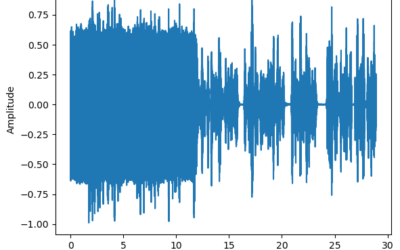Lockheed Martin details Long Range Discrimination Radar
Lockheed Martin was awarded the Long Range Discrimination Radar (LRDR) contract in 2015, which will provide precision metric data to improve ballistic defence discrimination and replace existing sensors in the US Ballistic Missile Defense System.
Chandra Marshall, programme director for missile defence radars, which includes the company’s LRDR programme, noted one key recently completed milestone was the successful closed-loop satellite track with tactical hardware and software marking at the Solid State Radar Integration Site, a scaled version of the final LRDR radar, at Moorestown, New Jersey. “We’re actually using the tactical software to do that. That is unusual for a prototype,” the corporate programme manager explained.
Ms Marshall differentiated LRDR from current fielded land-based radars, pointing out in one case, LRDR’s, “enhanced discrimination capability – it is better than any other technology that is out there today.”
The Lockheed Martin programme manager continued: “The [US] Missile Defense Agency is very excited to get this out there. It will provide correct data to make the right decisions with GBIs [Ground-Based Interceptors, part of the Ground-Based Missile Defense architecture]. Beyond discrimination we have focused on open architecture. What we have developed for LRDR permits us to look at a lot of small businesses and cutting-edge technologies – algorithms and others – to be very easily integrated into our architecture.”
deciBel Research, based in Huntsville, Alabama, and a supplier of algorithms and other high-technology products, is representative of the small companies on the Lockheed Martin-led LRDR team.
Lockheed Martin further plans to meet MDA’s requirement for high availability of LRDR. “Unlike some radars in the field today, you can maintain the radar while it is operating. This will not interrupt the mission while maintaining the radar,” Ms Marshall added.
As significant, Lockheed Martin has built hardware and software scalability into LRDR, permitting the technology baseline to support other company systems and products. In one instance, LRDR technology is the underpinning for Japan’s AEGIS Ashore ballistic missile defence system sites to be installed in that nation’s Akita and Yamaguchi prefectures. Further, Lockheed Martin’s bid for Homeland Defense Radar – Hawaii was also based on LRDR baseline technology. The company programme manager added: “And it improves on that baseline based on the different threats the system will meet. We’ll continue to build upon that for different radars. The IDIQ [indefinite delivery/indefinite quantity] for Homeland Defense Radars, lists Hawaii as the first of three that could possibly be awarded for MDA.”
LRDR remains on track to be fielded at Clear Air Force Station, Alaska in 2020.
Marty Kauchak
























